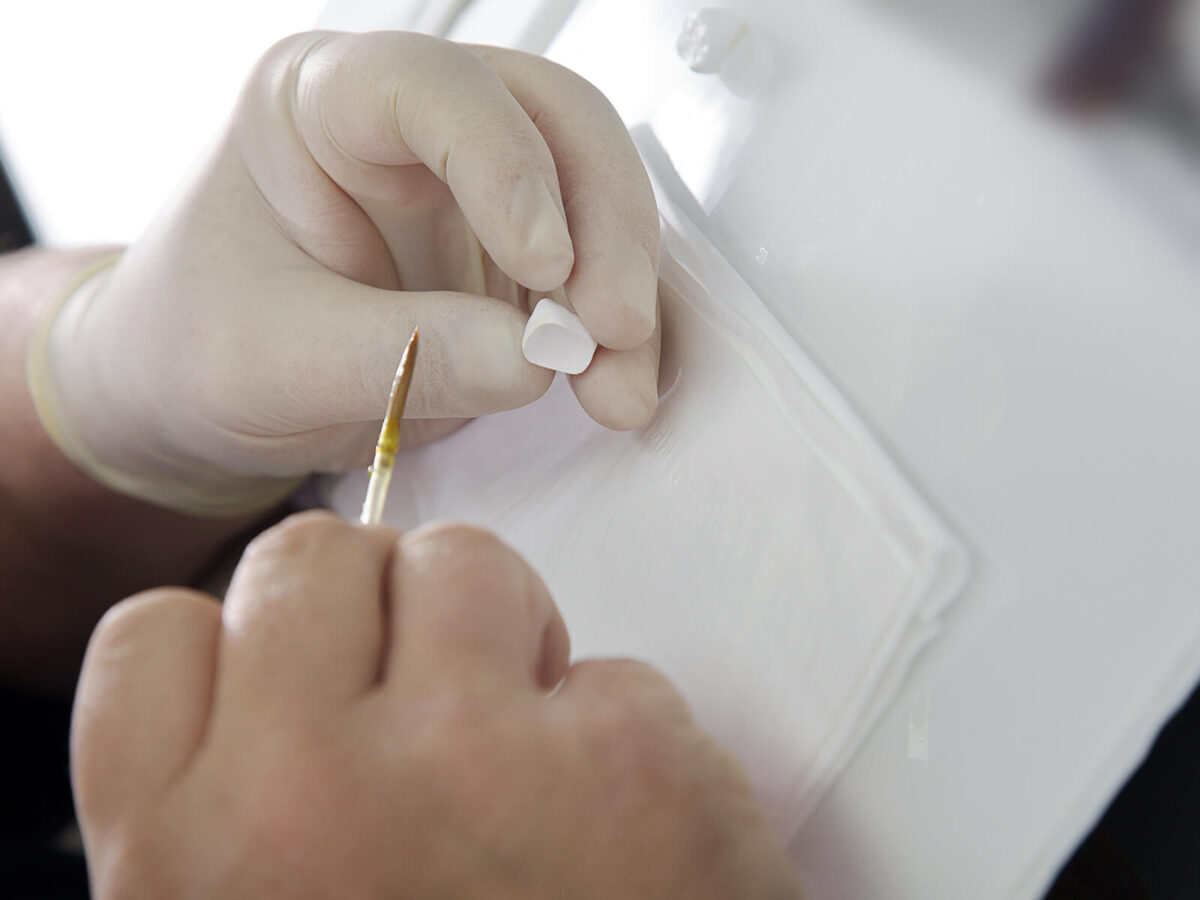Blog
Dental hygiene tips for healthy teeth & gums

What If There Is Not Enough Tooth For A Crown?
Dental crowns, often referred to as caps, are used to restore and protect weakened or damaged teeth. However, there are instances where there’s insufficient healthy tooth structure to support a traditional dental crown. Addressing this issue is crucial for both oral health and aesthetic reasons.
All About Crown Preparation:
Crown preparation involves removing decayed or damaged tooth material to provide a sturdy foundation for a dental crown. This step is vital for a successful crown placement, ensuring further damage to the tooth is prevented and its functionality restored.
During the preparation phase, the dentist reshapes the natural tooth to accommodate the crown. Once the tooth is adequately prepared, impressions are taken to fabricate a crown that fits seamlessly over the tooth. Crown preparation is a detailed and skilled dental procedure aimed at helping patients regain their oral health and confidence by restoring the appearance and function of a compromised tooth.
Common Reasons for Getting a Crown:
- Severe decay can compromise the natural structure of a tooth, leaving insufficient material to support a crown.
- Trauma or damage can lead to fractures or breaks, resulting in a loss of tooth structure.
- Teeth with large fillings may have limited original tooth structure remaining.
- Acidic foods or conditions like acid reflux can erode tooth enamel over time.
Challenges:
- Traditional crowns require a certain amount of healthy tooth structure for optimal functionality. Insufficient healthy tooth structure can compromise the longevity and functionality of the crown.
- Teeth with limited original structure are more susceptible to fractures or breaks, even with a crown.
- Crowns need a snug fit over the existing tooth structure. Reduced retention can lead to increased crown loss due to insufficient tooth structure.
Potential Solutions for Crown Treatment Complications:
When there’s limited tooth structure to support a crown, several options are available:
- For severely damaged teeth, a build-up or core build-up can be done to restore the tooth’s structure, providing the necessary support for the crown.
- Post-and-core restorations are suitable for significantly damaged teeth where traditional fillings aren’t viable. This involves placing a post into the empty root canal and building a solid core around it, which supports the dental crown.
- Onlays or inlays can be used when damage is localized. These are less invasive than full crowns as they require minimal removal of healthy tooth structure.
- Porcelain-fused-to-metal (PFM) crowns combine the strength of metal with the aesthetics of porcelain. They can be thinner than all-metal crowns, making them suitable for weaker teeth.
- All ceramic crowns replicate the appearance of natural teeth and are ideal for front teeth. They can be used when there’s limited tooth structure for a crown.
- In cases where a tooth is severely decayed or damaged, dental implants might be an option. This involves surgically placing a titanium post into the jawbone, which acts as a replacement tooth root. A dental crown is then placed over the implant.
Factors to Consider When Choosing a Solution:
When determining the best treatment for a tooth with limited structure, consider:
- The extent of tooth damage.
The tooth’s position in the mouth. Front teeth restorations prioritize aesthetics, while back teeth focus on durability.
- Aesthetic preferences.
Discuss your oral health goals and concerns with your dentist to ensure the chosen treatment aligns with your objectives.
- Consider your budget and discuss payment options with your dentist.
- Think about the expected lifespan of the restoration and its potential long-term impact on your dental health.
Aftercare and Maintenance:
- To ensure the longevity and functionality of your tooth restoration, follow these guidelines:
- Maintain regular brushing, flossing, and dental checkups.
- If the restoration is made of porcelain or similar material, be cautious with your diet to prevent chipping.
- Avoid habits like bruxism (tooth grinding) and using teeth as tools, as they can strain the restoration and reduce its lifespan.
- Regularly visit your dentist to monitor the health of the restoration and address any issues promptly.
In Summary:
Several treatment options are available when there’s insufficient healthy tooth structure to support a crown. Factors like the extent of damage, tooth location, aesthetic preferences, oral health goals, budget, and access to dental care influence the best course of action. Engaging in a thorough discussion with your dentist will help determine the most suitable tooth restoration for your needs.


